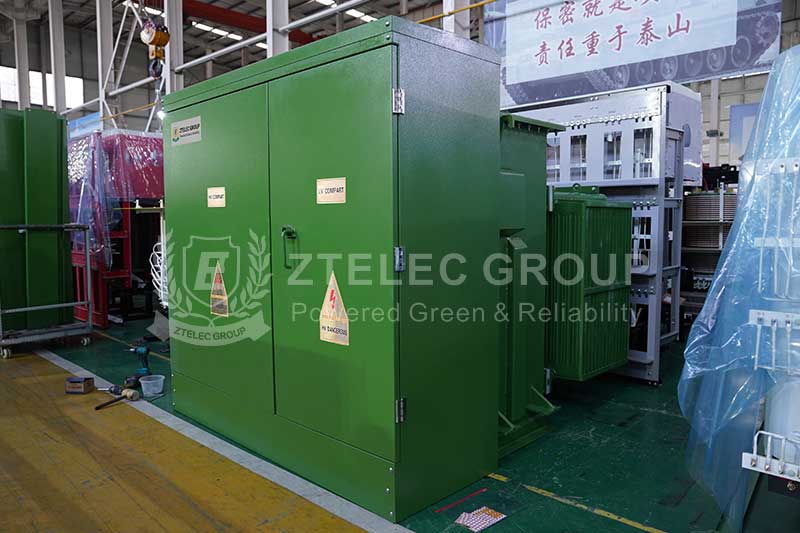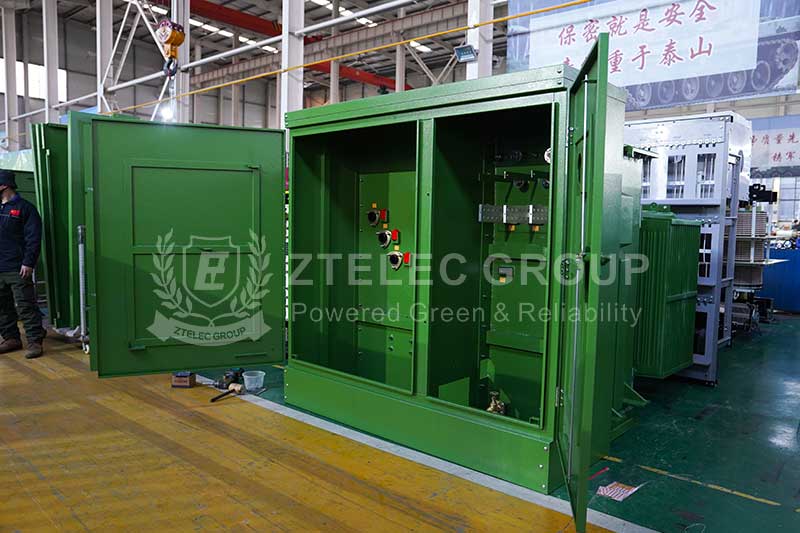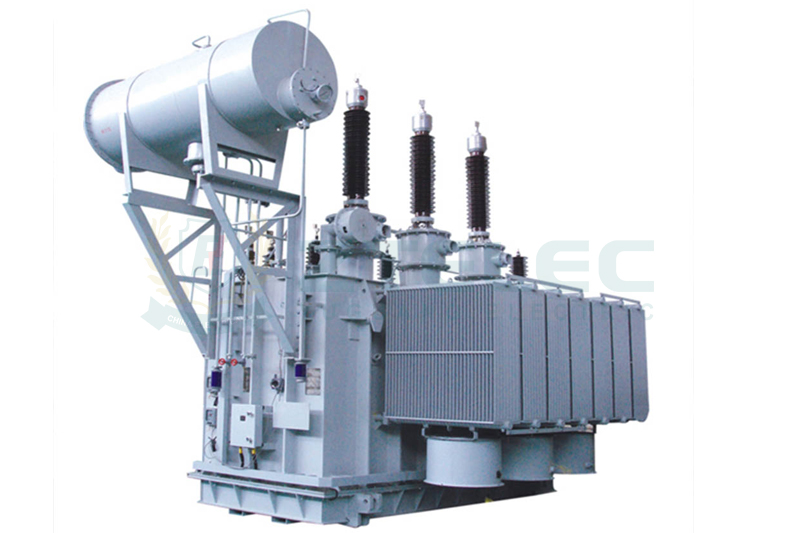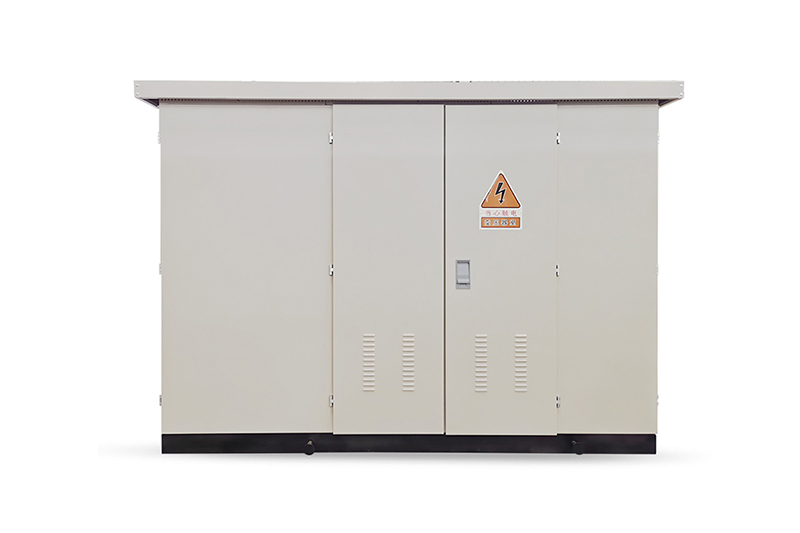Analysis of the advantages and disadvantages of pad-mounted transformers
Time:2025-02-26 Auther:ZTelec-www.ztelectransformer.com
Pad-mounted transformers are combined substations. It is a type of box transformer structure introduced from the United States in the 1990s. Unlike prefabricated substation, pad-mounted transformers combine the transformer body, load switch, fuse, tap switch and corresponding auxiliary equipment, and the high-voltage switch and fuse are all placed in the oil tank. The transformer and the oil tank are both closed structures with small overall dimensions.
In modern power systems, pad-mounted transformers stand out among many box transformer types with their unique advantages and become important equipment for power transmission and distribution. However, just as everything has two sides, pad-mounted transformers are no exception. It has both significant advantages and some disadvantages that cannot be ignored.

Advantages of pad-mounted transformers
1. Small size and compact structure
The design of pad-mounted transformers focuses on space utilization. Its small size and compact structure make it extremely advantageous in installation and transportation. Especially in environments with limited space such as cities, pad-mounted transformers can easily adapt to various installation scenarios and effectively save space resources.
2. Safe and reliable operation
The pad-mounted transformer adopts a fully sealed oil tank and fully insulated design, which effectively prevents the external environment from affecting the internal equipment, thereby improving the safety and reliability of operation. In addition, it has strong overload capacity and excellent short-circuit performance. And it can operate stably in complex and changeable power environments.
3. Convenient operation and reliable power supply
The pad-mounted transformer is suitable for ring network and terminal power supply systems, and can meet the power supply needs of different scenarios. Its operation mode is flexible and can be quickly adjusted according to actual conditions to ensure the continuity and reliability of power supply.
4. Energy saving, low consumption and long life:
The pad-mounted transformer performs well in energy saving, and its loss value is not higher than the new S9 loss value, which effectively reduces energy consumption. At the same time, its mechanical life and electrical life are long, and it can maintain stable operation for a long time, reducing maintenance costs.

Disadvantages of pad-mounted transformers
1. Power supply reliability is relatively low:
Pad-mounted transformers have no electric mechanism and cannot be equipped with power distribution automation devices, so the power supply reliability is relatively low. This may result in the inability to automatically switch the power supply in time when the equipment fails, affecting the continuity and stability of the power supply.
2. No capacitor device, which is not conducive to reducing line loss
Pad-mounted transformers do not have capacitor devices, which may be not conducive to reducing line losses. Capacitor devices are usually used to compensate for reactive power, improve power factor, and reduce line losses. The lack of this device in pad-mounted transformers may increase line losses to a certain extent.
3. High noise
Pad-mounted transformers are usually installed outdoors, and their noise may be higher than that of transformers installed indoors. This may have a certain impact on surrounding residents or working environment, which needs to take noise reduction measures to improve it.
4. Inconvenience in capacity expansion:
Due to the different civil engineering foundations of box transformers of different capacities, the capacity expansion of pad-mounted transformers may be subject to certain restrictions. When the transformer is overloaded or the user increases the capacity, the civil engineering foundation may need to be rebuilt, resulting in a longer power outage and increasing the difficulty and cost of the project.
Pad-mounted transformers have a wide range of application prospects in power systems, and their advantages enable them to perform well in many scenarios. However, their shortcomings cannot be ignored and need to be noticed and improved in practical applications. With the continuous development of power technology, it is believed that pad-mounted transformers will continue to be optimized and improved to provide stronger support for the stable operation and reliable power supply of power systems.




